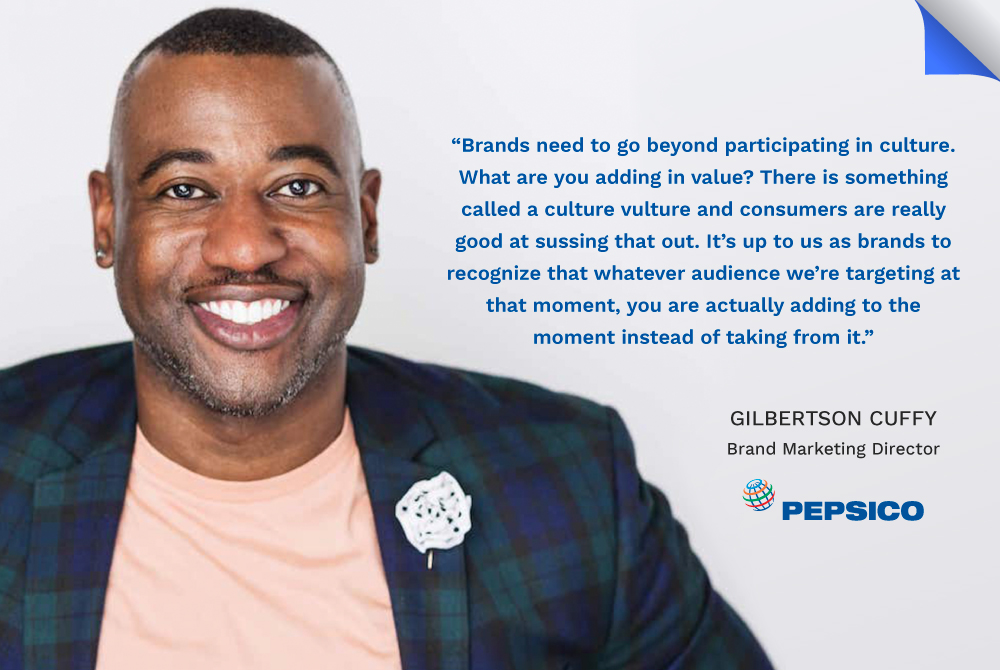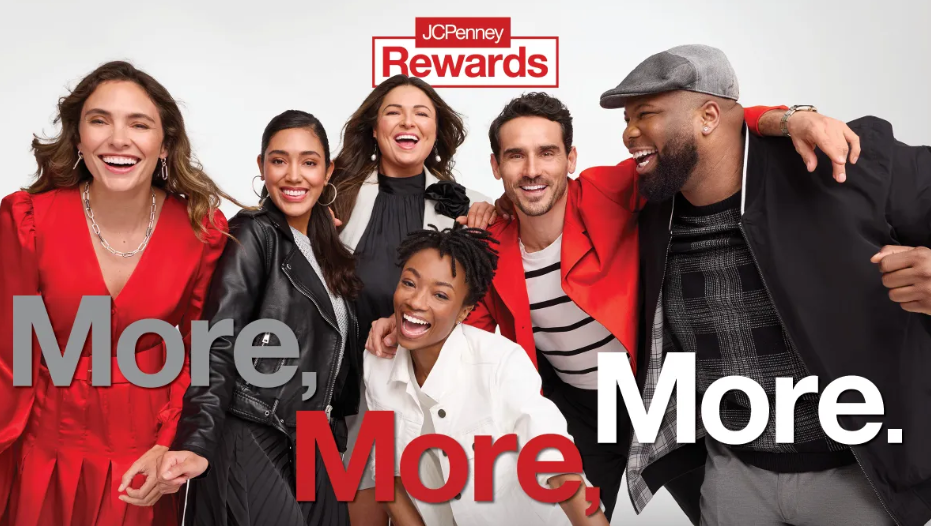Driven largely by the pandemic, a resurgent social justice movement, and the overall acceleration and adoption of digital commerce, consumer culture has transformed radically in 2020. Unable to rely solely on product-focused campaigns, marketers must instead look for ways to keep their brands relevant and top of mind in this new era.
Digital consumption in the US has increased across categories ever since lockdown began in March and this behavior continues to maintain record levels compared with prior years, even as the world reopens, per comScore. At the same time, social justice has become a very important conversation to U.S. consumers with 77% reporting that it is deeply important to them that companies respond to racial injustice to earn or keep their trust, per Edelman.
Brands that succeed in these unpredictable times are those which engage consumers via culture and emphaize relevant conversations whether by adding a more diverse voice to their communications or adapting to digital in new ways. Marketers from JibJab, Moët Hennessy, PepsiCo and the Los Angeles Rams are leading the charge and shared their stories during a recent Brand Innovators’ Livecast event focused on cultural marketing.
Here are five key takeaways from the livecast that can help guide advertisers on how to build relevance with the modern consumer using cultural marketing.
(You can find full Livecast conversations with executives from PepsiCo, The LA Rams, LVMH, JibJab, and SAP, in our On-Demand Archive)
- Don’t be a culture vulture. Brands love to be part of the cultural conversation, but should resist the temptation to jump on the bandwagon just because something is popular. Marketers must think about the brand’s values and how they can contribute to the conversation in a meaningful way through both messaging and action. Consumers can, and will, see through lip service to a trending topic.
“If everyone is talking about the Grammys or the Super Bowl, and you’re taking part in those big moments, hopefully, you’re a part of the broad conversation that is attached to it, which could lead to brand affinity, then sales,” says Gilbertson Cuffy, Brand Marketing Director, PepsiCo.
“Brands need to go beyond participating in culture. What are you adding in value? There is something called a culture vulture and consumers are really good at sussing that out,” adds Cuffy. “It’s up to us as brands to recognize that whatever audience we’re targeting at that moment, you are actually adding to the moment instead of taking from it.”
- Be respectful. LVMH brand Moet Hennessy considers diversity a core value to its brand, one that is reflected in its messaging all year round. Their goal is to continue to be relevant to audiences by contributing to their culture as opposed to appropriating it or appearing opportunistic. “It’s more about understanding how to be relevant in culture,” says Luis Spencer-Freitas, Director Omnichannel at Moet Hennessy. “We understand we are living in a very different time. We are trying to be respectful by adopting a new mindset.”
For example, the company is looking at how COVID-19 has impacted different cultures and how they can be respectful of these different communities in their communications. “How can we give you something that is more of a relief and added value versus being tone-deaf to how the pandemic is affecting you personally,” says Spencer-Freitas. “People call it the ‘new normal’ but I like to call it the ‘new humanity.’”
- Everyone’s voice matters. For digital e-card business JibJab, everyone on the team is involved in new projects and gets to share their ideas. By giving a voice to the diverse group of employees, the team is more creative, motivated, and the output is that much more compelling.
“Whenever we have a new project, everyone is so excited and it’s almost like fuel for me because there is nothing better than when you have a team that you don’t have to motivate, they actually motivate me,” said Mauro Gatti, Chief Creative Officer, JibJab. “In the idea room, everyone comes up with amazing ideas that it’s hard to pick one.”
This strategy can be very effective as these ideations have proven themselves in data-driven results. “We look at the numbers around a certain card and then a certain topic,” says Gatti. “We know what’s working based off of the numbers so if you sprinkle some of the fun like dance or music with a given topic, we know that putting these ingredients together, we have a high chance of success.”
- Rethink the customer experience. The Los Angeles Rams have always thought about how to bring their story to life in order to connect with fans from the moment they hear from the team on Sunday morning until the moment the game ends.
With empty stadiums, the team has had to adapt its storytelling to the virtual world. “As we think about that experience, and leveraging our new, state-of-the-art stadium, we’re focused on creating those emotional moments and fueling that communal energy,” says Ronalee Zarate-Bayani, Chief Marketing Officer, Los Angeles Rams. “It’s really like we’re a brand conductor, taking the fan through a journey. By leveraging the power of technology to connect with our fans, we’re helping set the standard for the future of sports and entertainment globally.”
- Influencer authenticity builds trust. Influencers can help companies humanize their brands, but companies should ensure that they are working with the right influencer partners, those with shared values. “Audiences want to relate to brands as people,” says Ursula Ringham, Head of Global Influencer Marketing, SAP. “Some influencers don’t want to be as authentic because they also have a brand to protect. But you really need that authenticity.”
Consumers connect better to people that are authentic in their social media channels. “When you’re more authentic, you’re more believable,” says Ringham. “When you’re more believable, that creates trust. Trust is a commodity that we all need. When your audience trusts you, they are going to continue on that journey with you, and buy into your product.”




